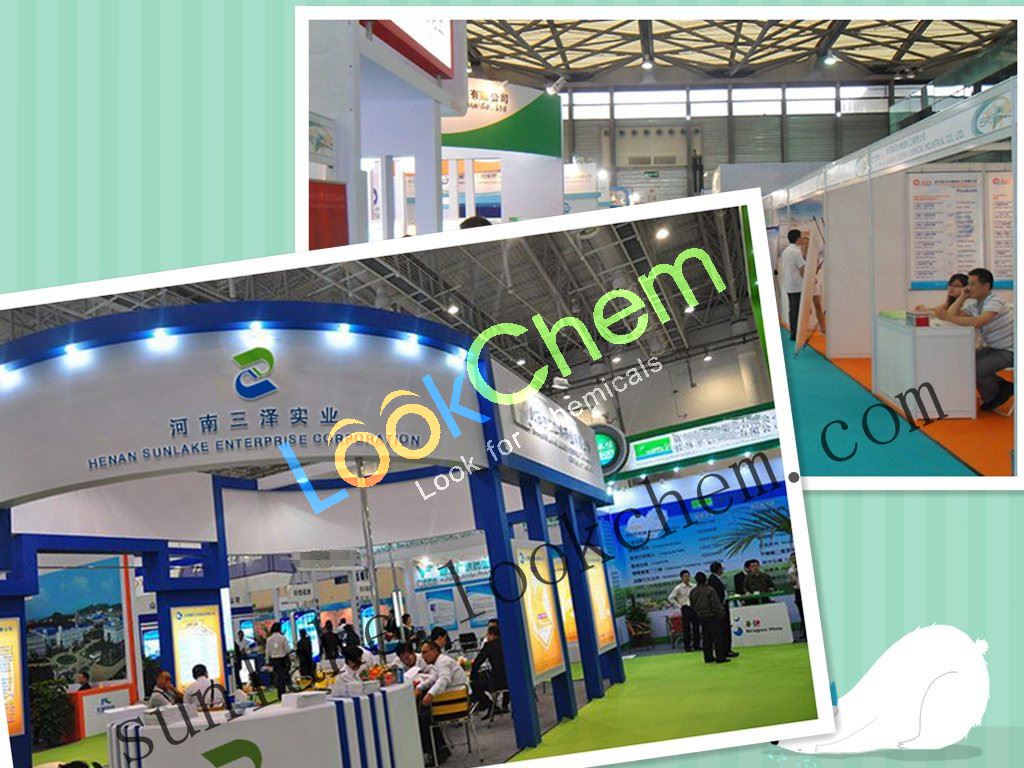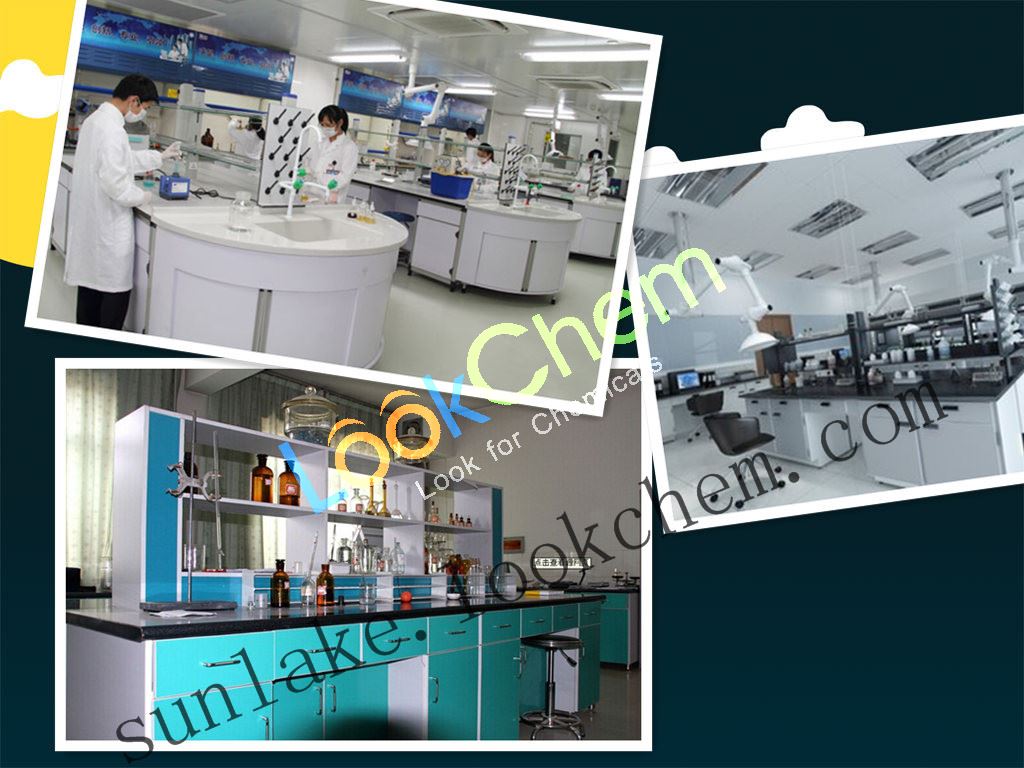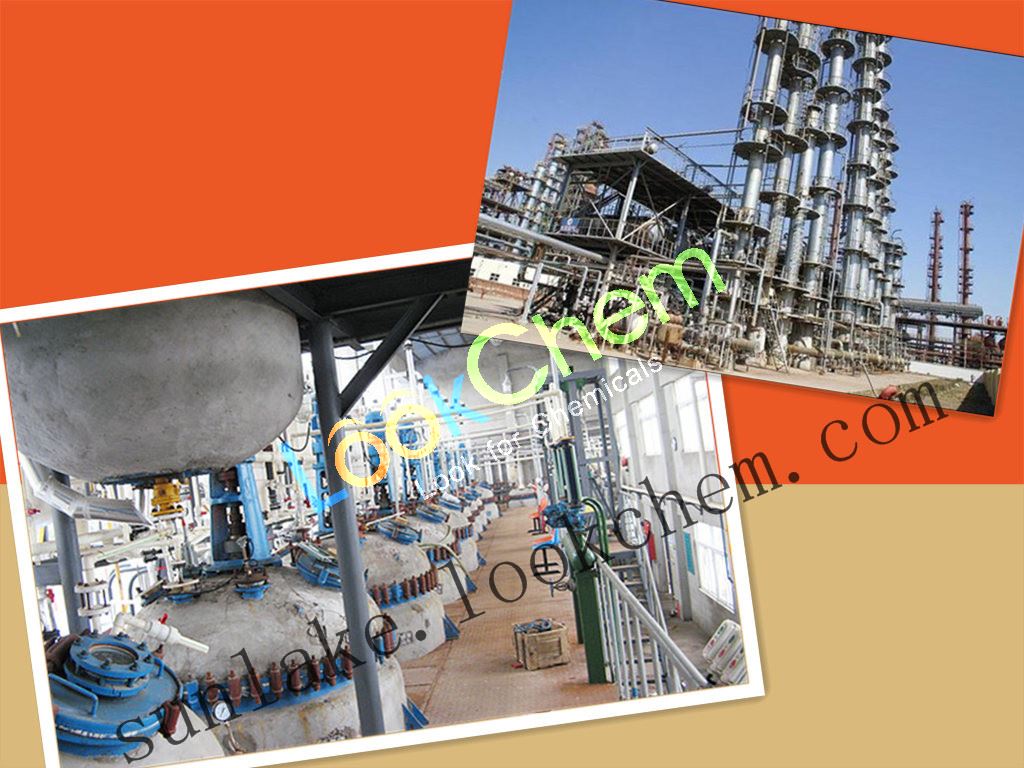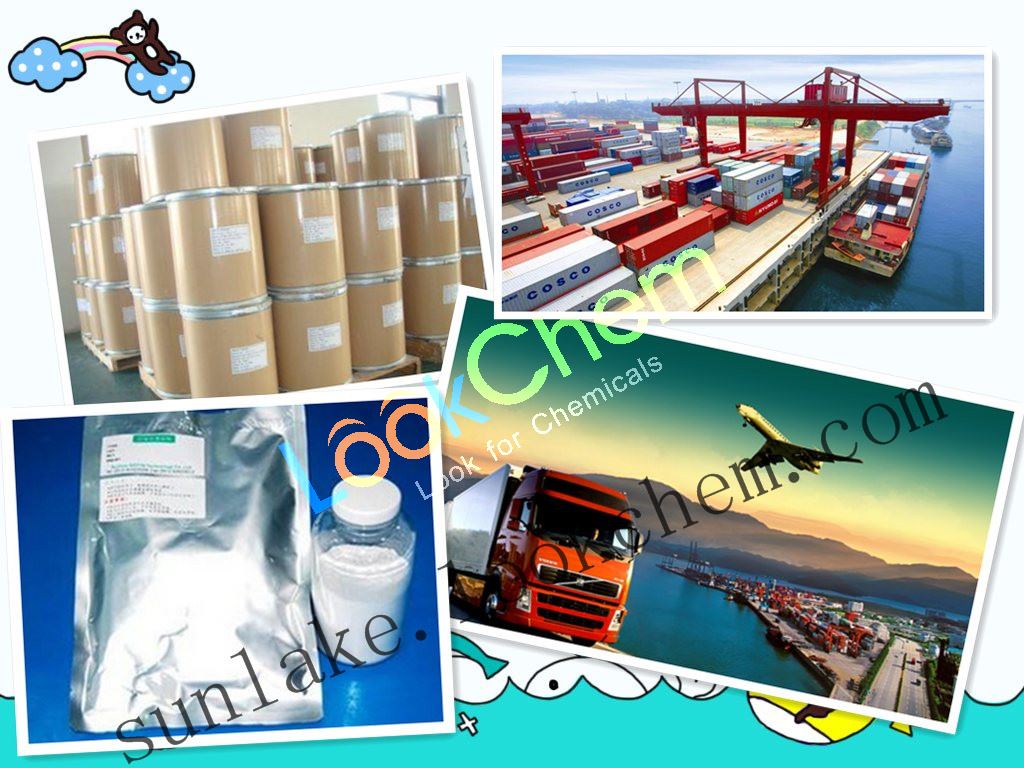- Min.Order :100 Kilogram
- Purity: 99%
- Payment Terms : L/C,D/A,D/P,T/T,Other
Keywords
RARECHEM AH PB 0251 4420-74-0 C6H16O3SSi
Quick Details
- Appearance:powder
- Application:4420-74-0
- PackAge:Depended
- ProductionCapacity:300|Kilogram|Month
- Storage:Refrigerator
- Transportation:by air or by sea
Superiority:
| Trimethoxysilylpropanethiol Basic information |
| Product Name: | Trimethoxysilylpropanethiol |
| Synonyms: | .gamma.-Mercaptopropyltrimethoxysilicane;1-Propanethiol,3-(trimethoxysilyl)-;3-(trimethoxysilyl)-1-propanethio;3-mercaptopropyltrimethoxy-silan;A 189;a189(silicone);Aktisil MM;az6129 |
| CAS: | 4420-74-0 |
| MF: | C6H16O3SSi |
| MW: | 196.34 |
| EINECS: | 224-588-5 |
| Product Categories: | Industrial/Fine Chemicals;Mercapto;Chloroalkylsilanes, etc. (Silane Coupling Agents);Functional Materials;Si (Classes of Silicon Compounds);Silane Coupling Agents;Si-O Compounds;Trialkoxysilanes;Adhesion Promoters;Coupling Agents;Mecapto Silanes;Surface Modifiers;)3;RSi(OR″;Chemical Synthesis;Contact Printing;Materials Science;Micro/NanoElectronics;Nanomaterials;Organometallic Reagents;Organosilicon;POSS Precursors and Intermediates;Self Assembly &;Self-Assembly Materials;Silanes;Silsesquioxanes: POSS Nanohybrids |
| Mol File: | 4420-74-0.mol |
|
|
|
| Trimethoxysilylpropanethiol Chemical Properties |
| mp | <-50°C |
| bp | 213-215 °C(lit.) |
| density | 1.057 g/mL at 25 °C(lit.) |
| refractive index |
n |
| Fp | 204 °F |
| storage temp. | 2-8°C |
| Water Solubility | decomposes |
| Sensitive | Air & Moisture Sensitive |
| BRN | 2038119 |
| Stability: | Stable, but moisture sensitive - may decomposes on exposure to moist air. Incompatible with water, alcohols, strong oxidizing agents, strong acids. |
| CAS DataBase Reference | 4420-74-0(CAS DataBase Reference) |
| NIST Chemistry Reference | 1-Propanethiol, 3-(trimethoxysilyl)-(4420-74-0) |
| EPA Substance Registry System | 1-Propanethiol, 3-(trimethoxysilyl)-(4420-74-0) |
| Safety Information |
| Hazard Codes | Xn,N |
| Risk Statements | 22-43-51/53 |
| Safety Statements | 24/25-36/37-61-57-37-24 |
| RIDADR | UN 3082 9/PG 3 |
| WGK Germany | 2 |
| RTECS | TZ7800000 |
| F | 1-10-13 |
| TSCA | Yes |
| HazardClass | 9 |
| PackingGroup | III |
| HS Code | 29310095 |
| MSDS Information |
| Provider | Language |
|---|---|
| Trimethoxysilylpropanethiol | English |
| SigmaAldrich | English |
| ACROS | English |
| ALFA | English |
| Trimethoxysilylpropanethiol Usage And Synthesis |
| Silane coupling agent KH-590 |
Silane coupling agent KH-590 is the earliest widely applied coupling agent and so far has a history of more than 40 years. One end of its structure contains active groups such as amino group and vinyl group which are capable of having reaction with various kinds of synthetic resin molecules including epoxy, phenolic, and polyester. The other end includes either alkoxy group (e.g. methoxy, ethoxy, etc.) or a chlorine atom which are connected to silicon. These groups, in the presence of an aqueous solution or moisture in the air, can be hydrolyzed to be able to react with glass, minerals, and the surface hydroxyl group of inorganic filler to generate reactive silanols. Accordingly, the silane coupling agent is commonly used in the silicate-filled epoxy, phenolic and polyester resin systems. In addition, it can also be used for the production of the glass steel in order to improve their mechanical strength and resistance to humid environments. The organic groups of the silane coupling agent have selectivity on the reaction of the synthetic resin. In general, these organic groups don’t have enough reactivity with synthetic resin such as polyethylene, polypropylene and polystyrene, and thus having poor coupling effects. In recent years, it has been developed of new variety of silane coupling agent with better coupling effect with polyolefin. However, limited by the cost and other performance, its application is still not wide enough. Silane coupling agent is also known as silane treatment agent or primer. Its general chemical formula is Y (CH2) nSiX3 which contains organosilicon monomers with two or more different reactive groups in the molecule. It can have chemical coupling reaction with both inorganic and organic materials to increase the adhesion between the two kinds of materials. The n in the general chemical formula is an integer of 0 to 3; X is a hydrolyzable group such as chloro, methoxy, ethoxy, acetoxy, etc., It is easily to be hydrolyzed into silanols and can have reaction with inorganic materials and further bind to them; the Y is organic functional groups, such as vinyl, amino, epoxy, methacryloxy group, and mercapto group, etc., it can react with organic materials and bind to them. The performance of typical silane coupling agent is as follows: can be used for the treatment of glass fiber and inorganic filler surface; can be used as sealants, adhesives and coatings thickener; also can be applied to ensure the immobilize enzyme be attached to the glass substrate surface, sand prevention for oil well drilling, making masonry surfaces be water-repellent, endowing the coating of fluorescent lamp with a high surface resistance, and also improving the hygroscopic effect of the surface of the organic glass in the liquid chromatography. It is prepared from the adduct reaction between silicon chloroform and active group containing olefin in the catalysis of platinum and further alcoholysis. The above information is edited by the chemicalbook of Dai Xiongfeng. |
| Application |
1. It contains mercapto functional group and has specific efficacy as the metal surface rust inhibitor, and can be applied to the processing of the surface of gold, silver, and copper in order to improve their corrosion resistance, oxidation resistance as well as increase its bonding performance to polymer materials. 2. It is widely applied to filled polymer material, is suitable for thermoset and thermoplastic polymer materials, such as epoxy, eye, phenol sulfonic acid, polyvinyl chloride, polystyrene and polyether sulfone. 3. It has a particularly good efficacy in the rubber industry which can improve its mechanical properties, improve abrasion resistance, and reduce permanent deformation, and is suitable for NR, EPDM, SBR, polysulfide rubber, styrene-butadiene rubber, nitrile rubber, chloroprene rubber, and polyurethane rubber. 4. It is also suitable for a broad range of inorganic fillers such as glass fiber, silica, quartz powder, talc, mica, and fly ash stick. 5. It can be used in various kinds of products such as rubber, plastics, glass fiber, coatings, adhesives, and sealants. 6. It can be used as the treatment agent of glass fiber and a kind of cross-linking agents. 7. It is a kind of silane coupling agent being reactive and cross-linkable. It can be hydrolyzed under acidic or alkaline conditions and is widely used in natural and synthetic rubber as well as being applied to compound materials (such as fiberglass compound material) as a reinforcing agent and cross-linking accelerator, coatings, inks, glues and sealing materials. It also be used as a resin modifier additives and enzyme immobilization agent. It is commonly used in the treatment of inorganic filler such as SiO2 and carbon black and can take effect on polymer such as rubber, silicone rubber as activator, coupling agent, cross-linking agent and reinforcing agent. |
| Chemical Properties | Water white to light straw liquid clear liquid |
Service we provide:
1. Mixed container, we can mix different items in one container.
2. Quality control, before shipment, free sample for test. after shipment, keep sample for 3 years
3. Prompt shipment with professional documents
4. Packing as your request, with photo before shipment
Details:
- Exhibition in shanghai
We have clients throughout the world:
Professional service and rich experience make customers feel at ease, adequate stock and fast delivery meet your desire.

Our Laboratoy
We have our own independent lab test center:
This makes sure that our technology support is reliable and authoritative.All of self-owned fine chemicals are manufactured strictly in accordance with international standard.,and also has scientific cooperation with local colleges and institutes.

Our factory
High quality with competitive price:
We are manufacturer and can provide high quality products with factory price

Package & Shipment
Fast and safe delivery:
Parcels can be sent out within 24 hours after payment. Tracking number is available
Secure and discreet shipment. You have various choices of transportation methods

You Might Also Like
Related Searches
About|Contact|Cas|Product Name|Molecular|Country|Encyclopedia
Message|New Cas|MSDS|Service|Advertisement|CAS DataBase|Article Data|Manufacturers | Chemical Catalog
©2008 LookChem.com,License: ICP
NO.:Zhejiang16009103
complaints:service@lookchem.com Desktop View